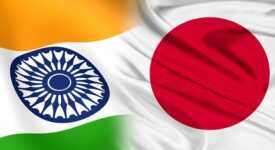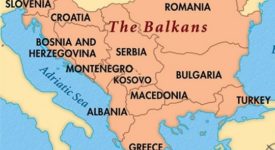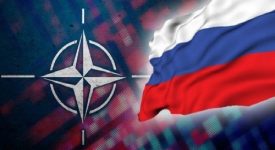All six countries in the Western Balkans have a European future. Serbia, as their leader, could help the entire region to make a progress towards EU membership. EU’s Enlargement Commissioner Johannes Hahn said during his meeting in Belgrade that like the other candidates, Serbia had to tackle some issues and solve all disputes such as the normalization of relations with Kosovo and work hard towards meeting all the other criteria before joining.
The Commission unveiled its new strategy, having sparked controversy in the region. It singled out Serbia and Montenegro as the only countries that could join in 2025 at the earliest and Commission boss Jean-Claude Juncker made it clear that no country would be accepted before resolving its bilateral issues. This would in practice mean that at least three countries could be held hostage by Croatia, which has unresolved border issues with Serbia, Montenegro and Bosnia, all dating back to the collapse of Yugoslavia in the 1990s.
Kosovan President Hashim Thaçi also voiced discontent, saying that the new strategy did not present “an equal accession perspective” for all the six countries, and Kosovo’s prospects remained particularly unclear, with no hint of when it could even open accession talks. The strategy speaks of Kosovo’s “opportunity for sustainable progress … once objective circumstances allow”.
Commissioner Hahn commented that the EU strategy had something to offer to Europe’s youngest country – to work on finding a way that would lead to the normalization of relations with Serbia. He, however, also admitted that the existing dialogue between both countries was difficult and its potential result unclear. Mr. Hahn also emphasized that 2025 was not a binding date but rather an indication but also an ambitious deadline for Serbia’s admission to the bloc. European integration is “a regatta, not a convoy,” he said.





